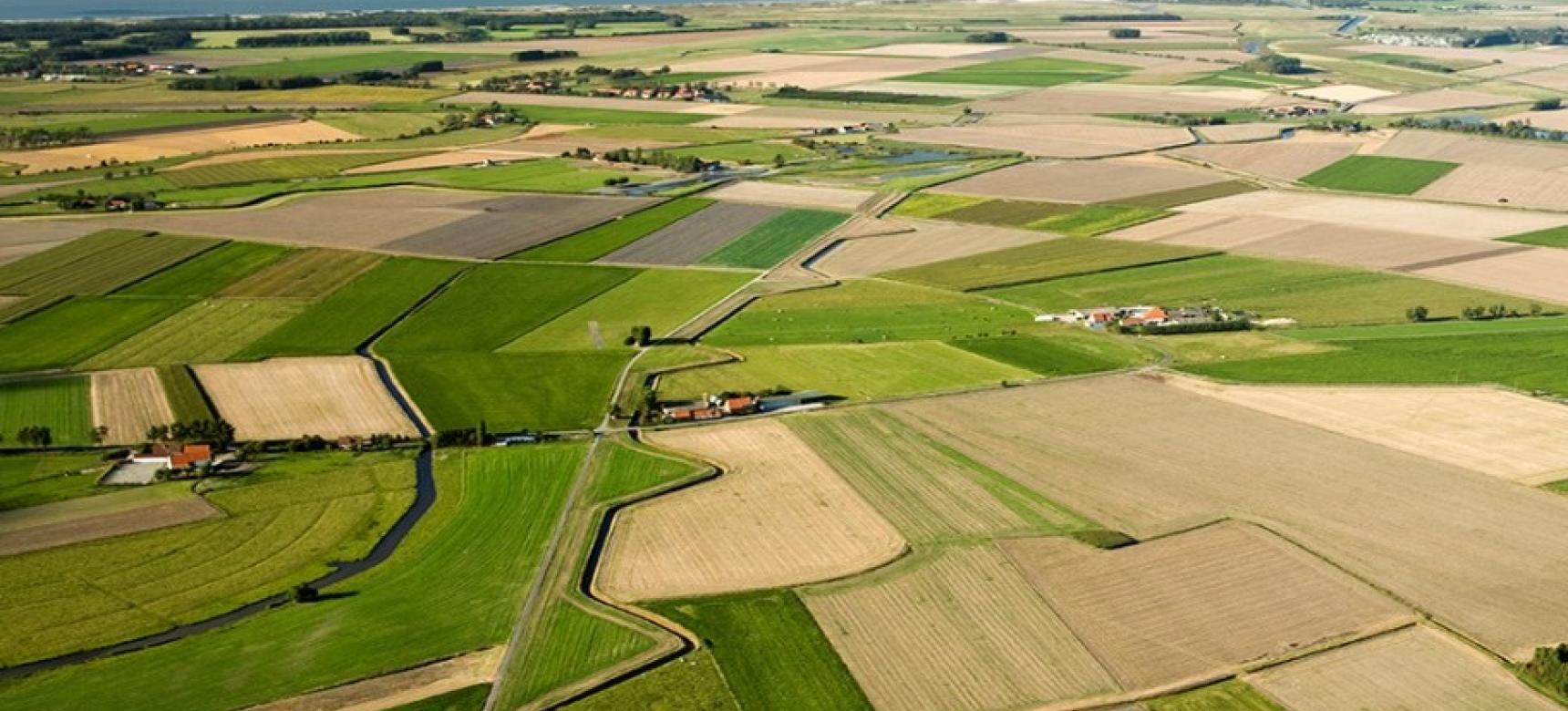Along the old "Vuile Vaart", between Fort Sint-Donaas and Fort Isabella, the Cantelmo Line still leaves its mark on the landscape. This former defence line, part of the State-Spanish Lines, was first constructed in 1632 and rebuilt in 1640 by order of General Andreas de Cantelmo, then governor of Spanish Flanders.
The line consisted of seven equally spaced redans (arrowhead-shaped bastions), connected by an earthen wall. Around them were smaller redoubts, field fortifications with projecting corners. Though these have vanished, the canal is still clearly visible, revealing the strategic pattern of water and walls that once shaped this landscape.
This fortification was designed to control and defend the marshy lowlands south of Sluis, cleverly using the natural terrain as an ally.
